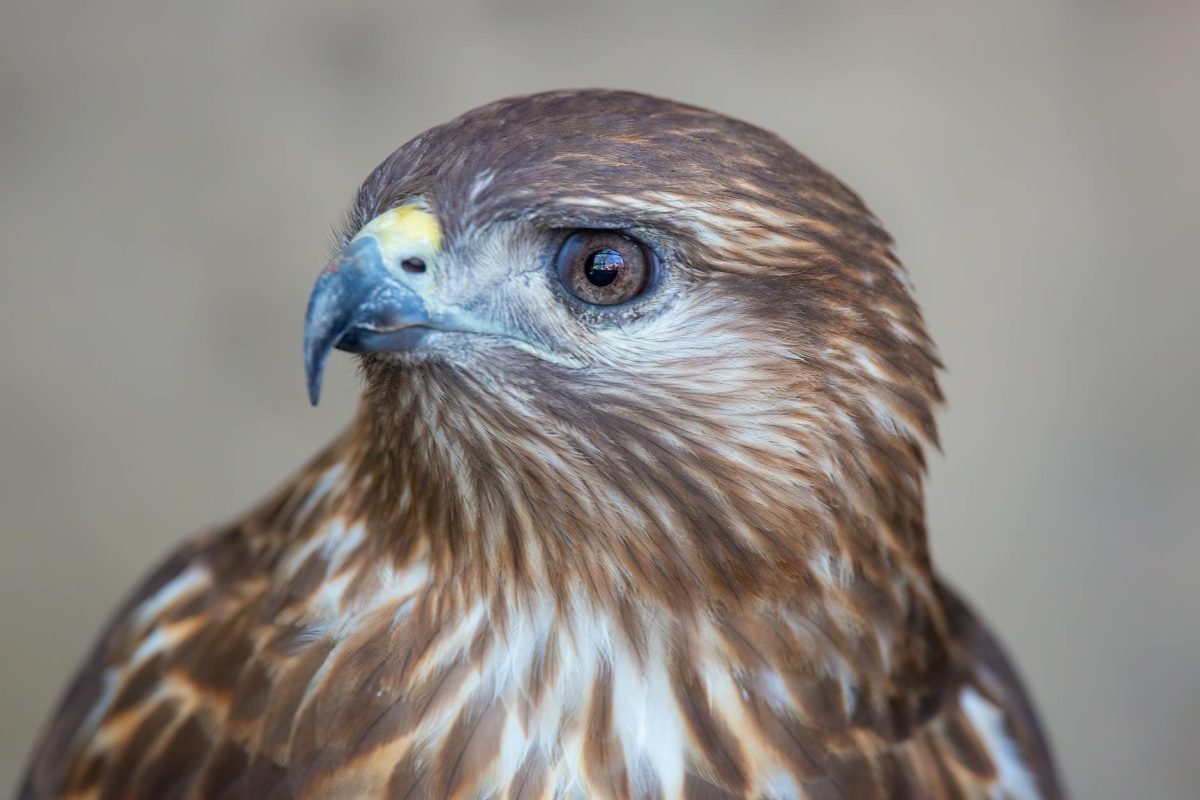Bird Migration: Discover the Astonishing Journeys of Wings across Continents
Bird migration is a fascinating phenomenon that captures the wonder and curiosity of nature enthusiasts and scientists alike. Each year, millions of birds undertake incredible journeys across continents, covering vast distances to reach their breeding grounds or wintering locations. This natural spectacle showcases the remarkable abilities of these feathered creatures, their navigational skills, and their adaptive behaviors. Let’s delve into the world of bird migration to unravel the mysteries and marvel at the astonishing feats of these winged travelers.
Understanding Bird Migration
Migration is a regular, seasonal movement of birds between breeding and non-breeding grounds, driven by the availability of food, daylight length, and weather conditions. Birds migrate to find suitable environments for breeding, nesting, and foraging. This instinctual behavior has evolved over millions of years and is crucial for the survival of many bird species. Migration patterns can vary widely among bird species, with some traveling short distances while others traverse thousands of miles.
The Science behind Bird Navigation
One of the most intriguing aspects of bird migration is how these avian voyagers navigate their way across vast distances with pinpoint accuracy. Birds utilize a combination of visual landmarks, celestial cues, the Earth’s magnetic field, and even their sense of smell to guide them on their journeys. For example, some species can detect the Earth’s magnetic field and use it as a compass to orient themselves. Others rely on the position of the sun and stars to maintain their course.
The Challenges of Migration
Bird migration is not without its challenges. Birds face numerous obstacles during their journeys, including predation, adverse weather conditions, habitat loss, and human-made obstacles such as tall buildings and communication towers. Climate change is also affecting migration patterns, as shifting temperatures and altered habitats can disrupt established migration routes and timings. Conservation efforts are crucial to mitigate these threats and ensure the survival of migratory bird populations.
Remarkable Migration Routes
Birds undertake incredible journeys, often following well-established migration routes known as flyways. These flyways connect breeding and wintering grounds, encompassing diverse habitats such as forests, grasslands, wetlands, and coastlines. Some birds, like the Arctic Tern, complete the longest migration of any animal, traveling from the Arctic to Antarctica and back each year, covering a staggering 44,000 miles round trip.
Conservation and Citizen Science
Protecting migratory bird species requires collaborative efforts from governments, conservation organizations, and citizen scientists. Birdwatchers and enthusiasts play a vital role in monitoring bird populations, recording sightings, and contributing to research initiatives. Citizen science projects like eBird and the Great Backyard Bird Count help track bird movements, identify trends, and inform conservation strategies to safeguard migratory birds and their habitats.
The Wonders of Bird Migration
Bird migration is a testament to the resilience, adaptability, and beauty of the natural world. Witnessing flocks of birds in flight, hearing their calls echoing across the landscape, and observing their synchronized movements are awe-inspiring experiences that connect us to the wonders of nature. As we marvel at the astonishing journeys of wings across continents, let’s cherish and protect these magnificent travelers for generations to come.
In conclusion, bird migration is a captivating spectacle that showcases the incredible abilities of avian species to navigate vast distances and overcome formidable challenges. By understanding, appreciating, and conserving these remarkable journeys, we can ensure the survival of migratory birds and maintain the rich tapestry of biodiversity that enriches our planet. Let us continue to marvel at the astonishing feats of wings across continents and celebrate the enduring legacy of bird migration.
